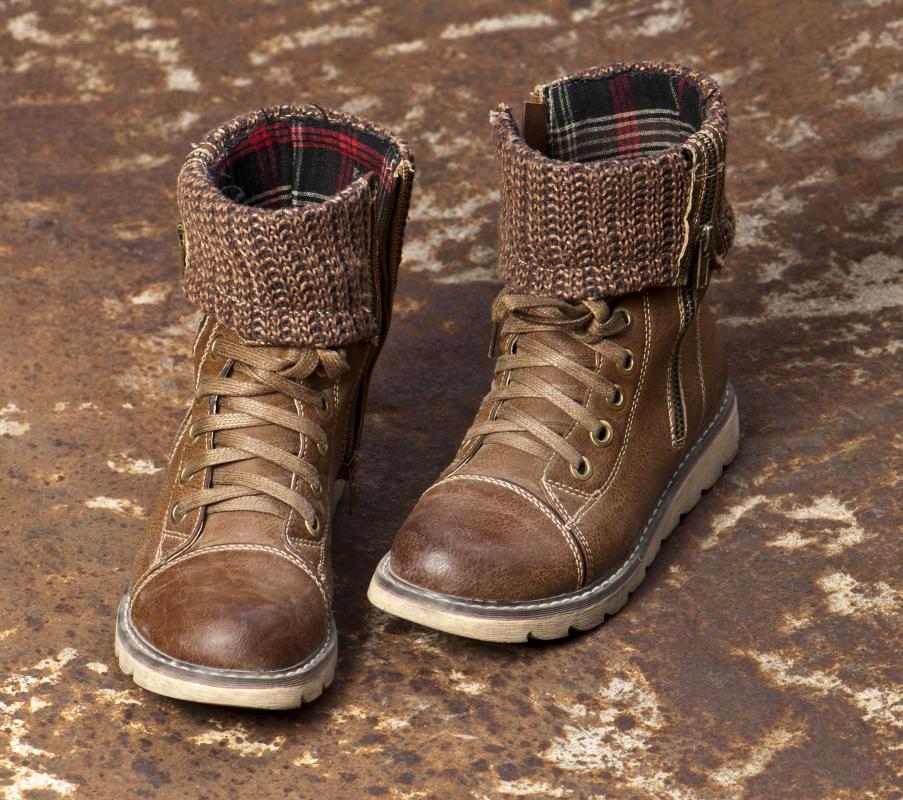At WiseGEEK, we're committed to delivering accurate, trustworthy information. Our expert-authored content is rigorously fact-checked and sourced from credible authorities. Discover how we uphold the highest standards in providing you with reliable knowledge.
What Precautions Should I Take When Running in Snow?
Many runners insist that running in snow can be a very gratifying experience, often much more enjoyable than running indoors on a treadmill or skipping a workout altogether. Running in snow can be accomplished safely, but certain precautions are definitely advisable. Often, preventing injury is a matter of good planning and preparation, as well as wearing the appropriate gear. Dealing with an injury if it does happen is equally important.
Make sure to warm up and stretch very thoroughly, not only to combat the cold air but also because slipping on the snow or ice may cause muscles or tendons to suddenly stretch. A very thorough warm-up will help to reduce the risk of injury if this happens. Also, remember that running in snow will be a more intense workout than running on dry ground. Do not expect to cover as much distance or run at the same speed as you would during a normal workout.

To reduce the risk of slipping, many runners switch from normal running shoes to shoes that have more traction. There are also products available that fit over the shoes to help grip the snow and ice. Try to run on areas of freshly fallen snow, as packed snow is more likely to be slippery and icy. Additionally, running on loose snow will give the leg muscles more of a workout than running on hard-packed snow. Wearing tinted snow sunglasses may make obstacles such as snow covered bumps and rocks more visible.

Before leaving for a run, let someone know your route and when you should be expected to return. Stick to well-known routes, and, if possible, bring a cell phone in case you do slip and become injured. Take care not to wear clothing that will absorb sweat or moisture from the snow, as it can be dangerous being wet in such cold temperatures. Wearing multiple layers of water-resistant clothing will help keep you warm and dry.

Many runners who frequently train during the winter recommend taking extra precautions to avoid skin damage while running in snow. Aside from wearing a hat and other appropriate protective gear to prevent frostbite, you should also wear moisturizer, lip balm, and sunscreen. Sunscreen may seem counterintuitive in the winter, but snow reflects the wavelengths of light that can cause sunburn, so it is a good idea to wear it, even on the lips underneath the lip balm. Some winter runners smear thick layers of Vaseline® or a similar product on exposed skin for protection against the wind and cold, but this can also cause bad sunburn and should not be used in sunny conditions.
AS FEATURED ON:
AS FEATURED ON:















Discussion Comments
I have a friend who is a serious long-distance runner, and he goes running in the snow all of the time. He doesn't want to take a long break during the winter months, so his running club goes out on the same trails they use when the weather is good. He says that he doesn't really notice the cold air once he gets going, but it does affect his breathing.
As far as the snow is concerned, he says anyone who does distance running is most likely going to fall at least once. You can't start out with the idea that you're going to be perfectly fine the whole way. He says he loses his footing a lot when he can't see what's under the snow. The best thing you can do during a fall is to just ride it out until you come to a natural stop. Trying to force a stop while tumbling down a snowy hill could make things even worse.
Post your comments